










Workplace change can occur rapidly, effectively and efficiently if it has been designed to do so. Our Adaptive Workplace whitepapers highlight the importance of establishing adaptive systems within workspaces to meet the evolving needs of individuals and organisations. Shifting focus from static environments to designing systems of adaptability represents a revolutionary concept in design planning. This article will delve into this topic as one of the three pivotal steps in our adaptive workplace methodology.
Designing systems of adaptability has the potential to revolutionise how we think about planning, development and construction. It can lead to more creative, sustainable and engaging workplaces. This design process focuses on engineering the process, tools and systems by which change can occur instead of fixed outcomes. By considering the changing needs of the people, environment and context, we can create more resilient and adaptable spaces that can keep up with ever-changing needs.
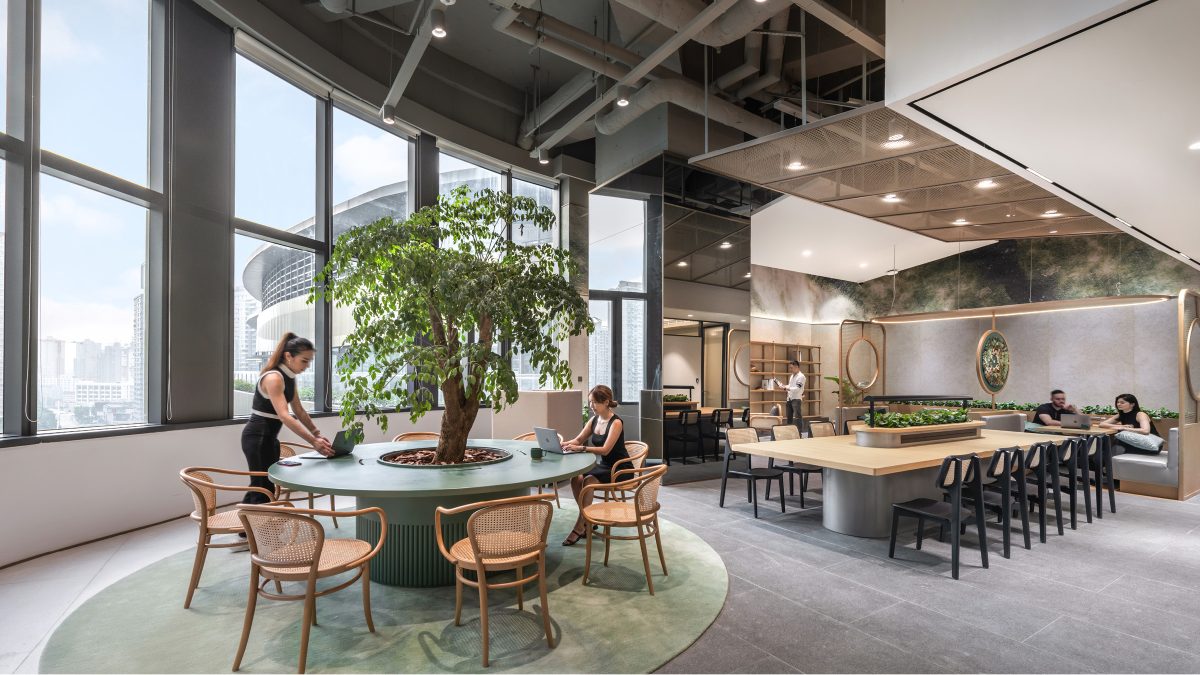
Through our 40+ years of project experience, we’ve realised that organisations tend to design for a specific period or within specific parameters. This happens because workplace change has traditionally happened cyclically rather than frequently.
The adaptable workplace focuses on implementing systems of adaptability. This process allows for flexibility and ongoing incremental changes rather than designing singular solutions to meet the needs of a business at a single moment in time. This approach avoids the need to start from scratch. It enables organisations to respond more efficiently and effectively to the changing needs of the business and workforce.
Organisations need to look at how they can build and enable systems tailored to different objectives to create a workplace that is adaptive to ongoing change. This can include developing structures and processes that are flexible to changing demands and creating an environment that supports employee growth and development.
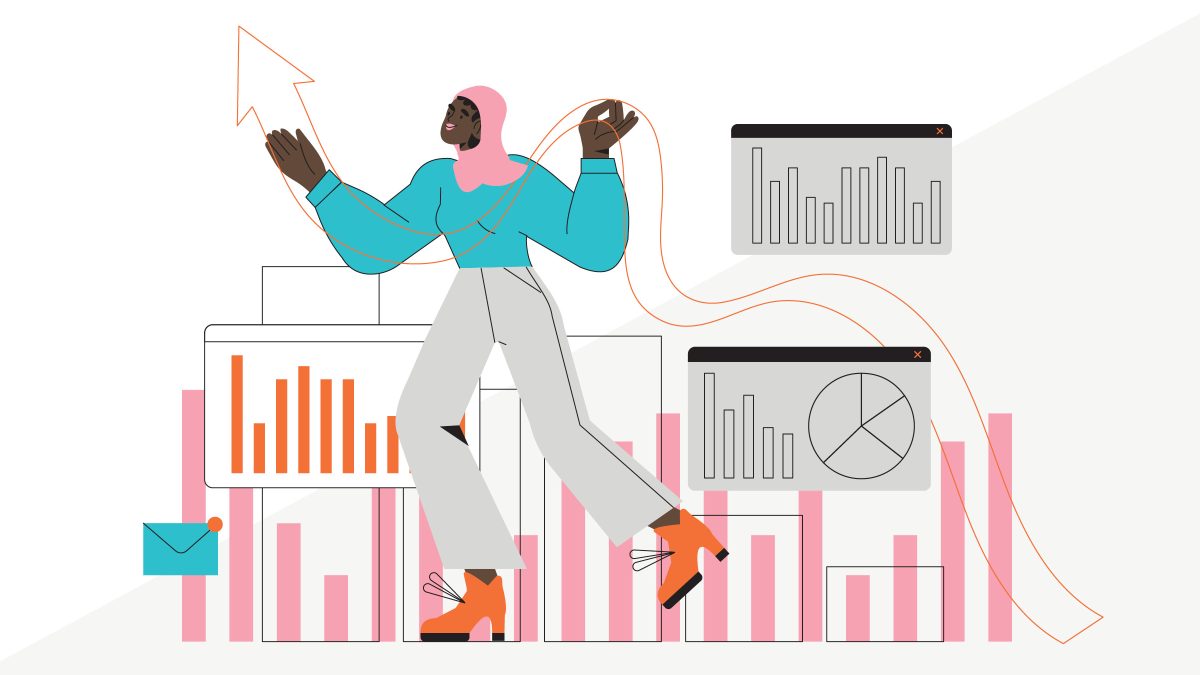
Taking a holistic approach to adaptability and engineering key systems of adaptability can provide organisations with the opportunity for continuous improvement. As the business progresses, stakeholders can use this constant improvement to refine existing solutions. It also allows them to anticipate possible changes in the market and plan accordingly.
Organisations commonly inquire about what methods to use when designing for the likelihood of change.
To design for change, organisations should embrace the concept of creating something timeless that can withstand changes and shifts.
One example of designing for change is establishing a core set of values or principles that remain constant regardless of changes or shifts. These values could include customer service, ethical standards or the company mission statement.
Using core values as a foundation, organisations can make changes while ensuring that they remain aligned with their objectives. This approach allows them to adapt to the changing needs of the business, individuals or community. able to rely on these core values that remain the same.
Organisations can support individuals through any changes by establishing and maintaining constant core values. This way, individuals can rely on these values to remain the same even when other aspects of the organisation are changing.
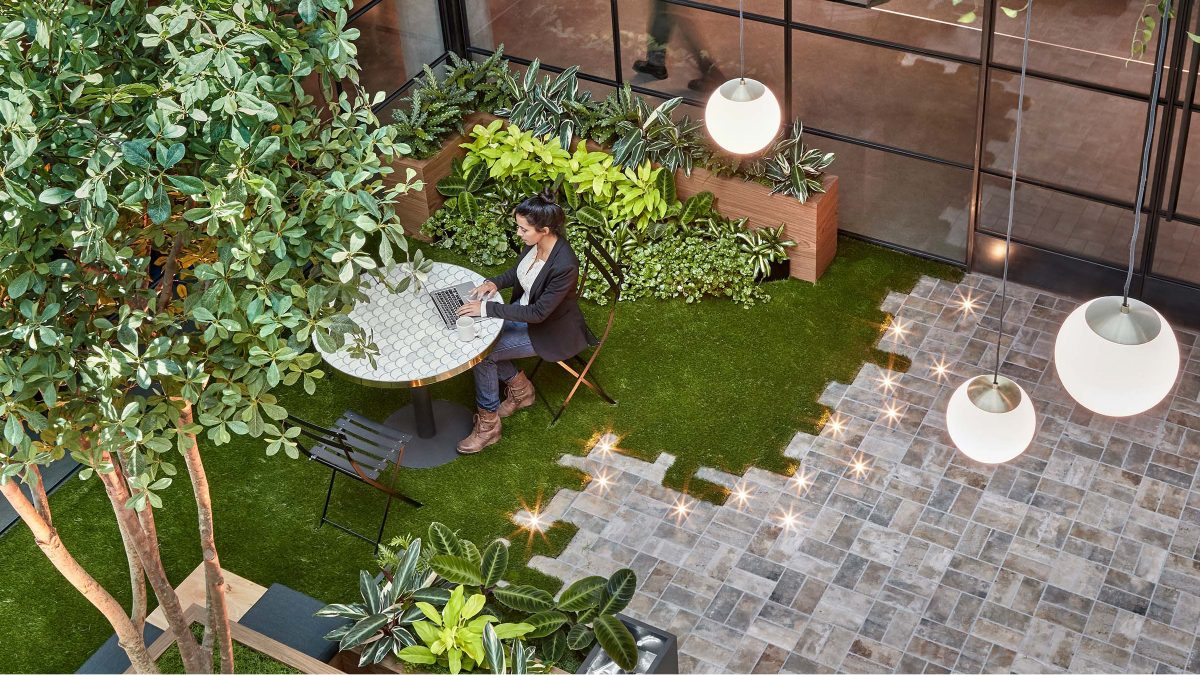
When designing a workplace, it is also essential to create a space that has the flexibility to facilitate change. This is especially true today when the world is more uncertain than it ever has been.
To create an adaptable workplace, it is essential to consider the experience that the workplace creates for employees. This includes the fundamental values and behaviours that the workplace is built upon. This ensures that the workplace can be easily adapted to any changes that may arise. Ultimately, designing a workplace that goes right back to core values will help ensure long-term success for the company.
By breaking down large changes into smaller chunks, companies can test out different approaches and make adjustments on the fly.
This approach helps to minimise friction. It also helps the organisation quickly identify what works and what doesn’t. Hence, allowing them to make necessary changes quickly and without disruption. Furthermore, it encourages employees to develop new skills and be more engaged in the changes that are happening in the workplace. Some key considerations may include:
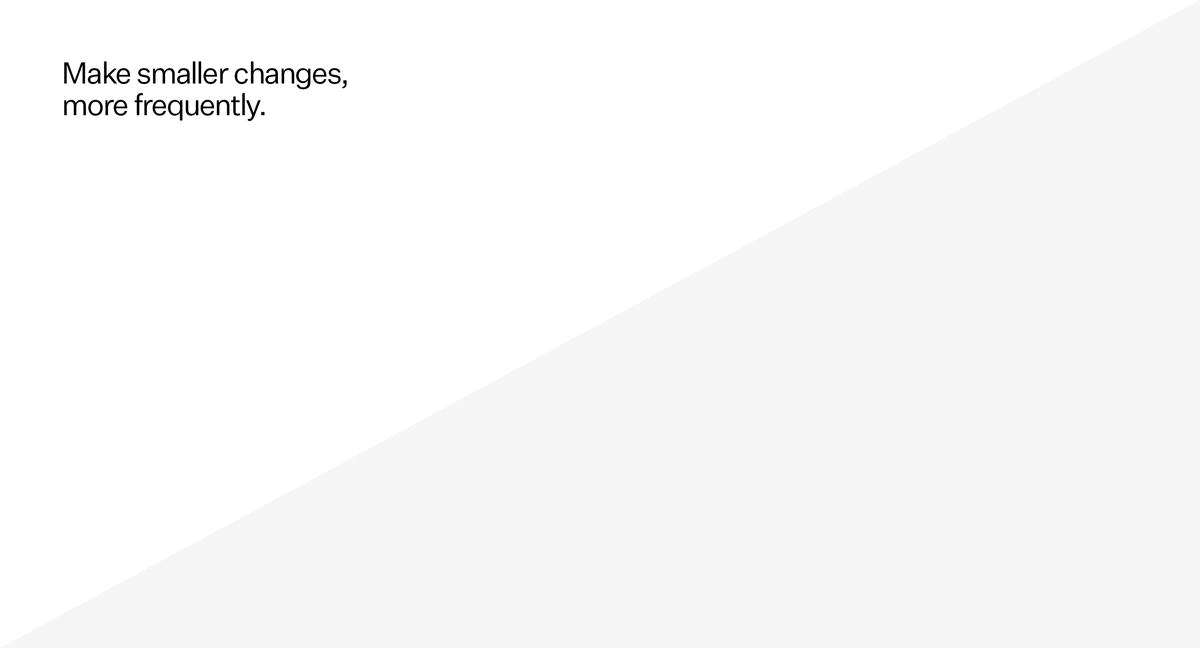
Capex, or capital expenditure, is a business model that involves investing money upfront to gain long-term benefits. This could include purchasing a building, investing in new equipment or investing in research and development.
Opex, or operating expenditure, is a business model that involves spending money on day-to-day operations. This could include purchasing supplies, paying salaries and other costs associated with running the business.
Now, we can look at these two models in terms of the adaptive workplace. Organisations that prioritise minimising operational costs and make smaller capital expenses over time can facilitate more frequent changes. For example, a project has a 10-million-dollar budget. Choosing to spend 7.5 million dollars on the project saves 2.5 million dollars to make strategic, adaptive changes over the next five years.
This model will result in long-term cost savings while allowing them to make changes as needed. Additionally, it frees money to invest in the capacity to make changes, such as adding project managers or support staff. This will help ensure that changes are made at the right pace and moments of opportunity are not missed.
In 2018, we designed an adaptable workplace in our New York office. Between 2018 and 2022, our headcount tripled. We made 34 micro changes to accommodate this growth and underwent eight significant reconfigurations. We changed the office about twice a year for four years.
Over this period, we invested less than 3% of our total project budget. This allowed us to make changes to our workplace that met our needs, regardless of the pandemic, rapid headcount growth and other factors. We focused on changing mindsets about how the workplace can support employees and the work experience we want to create.
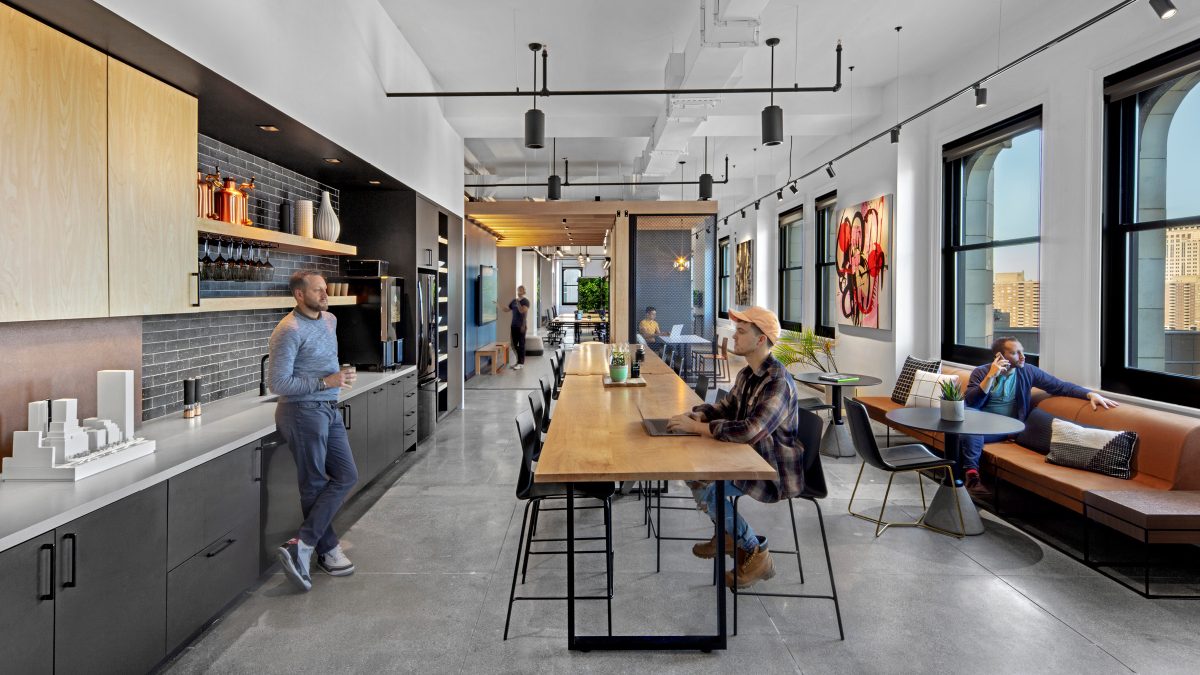
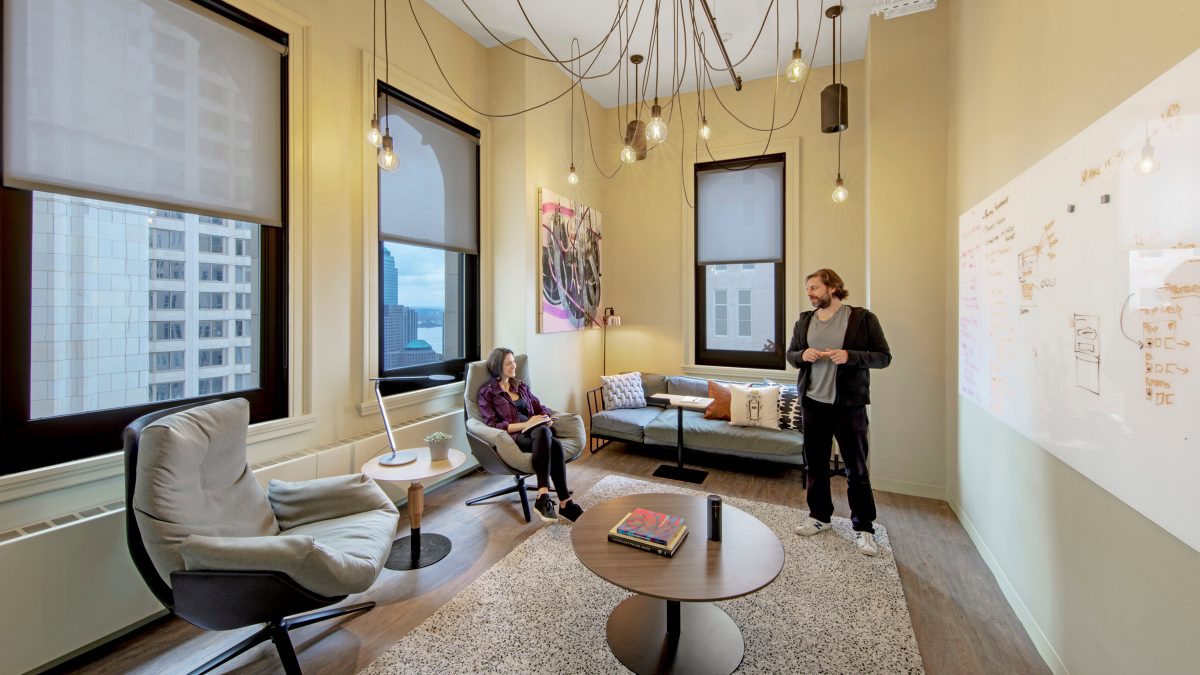
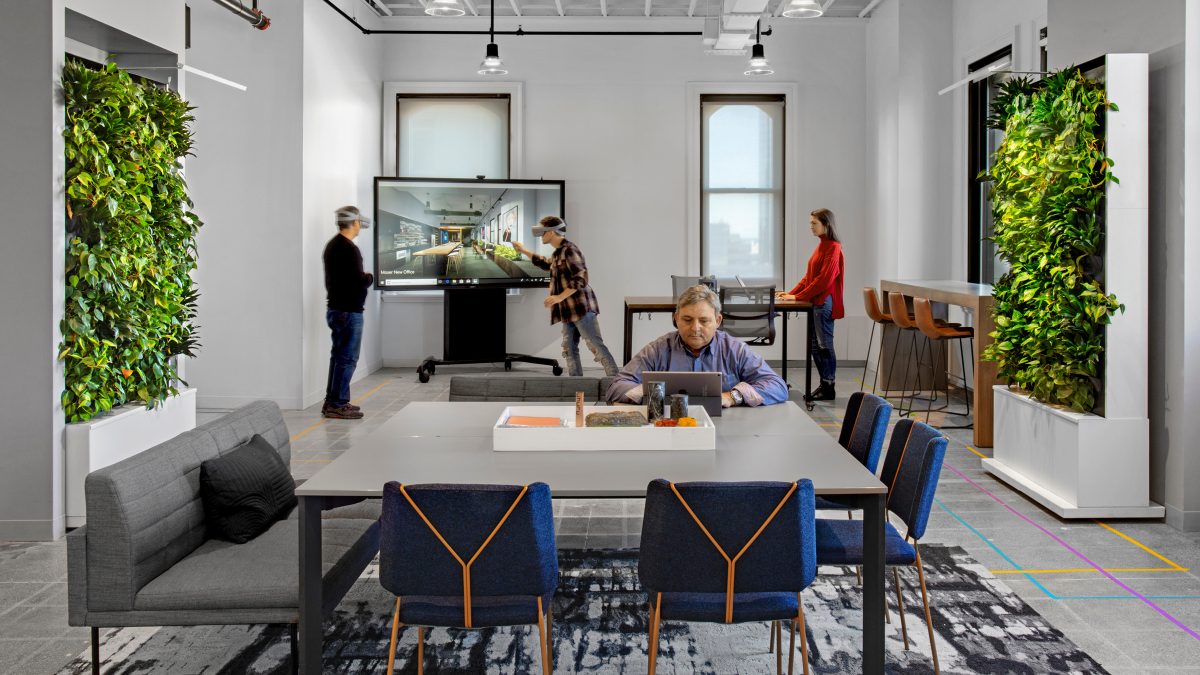
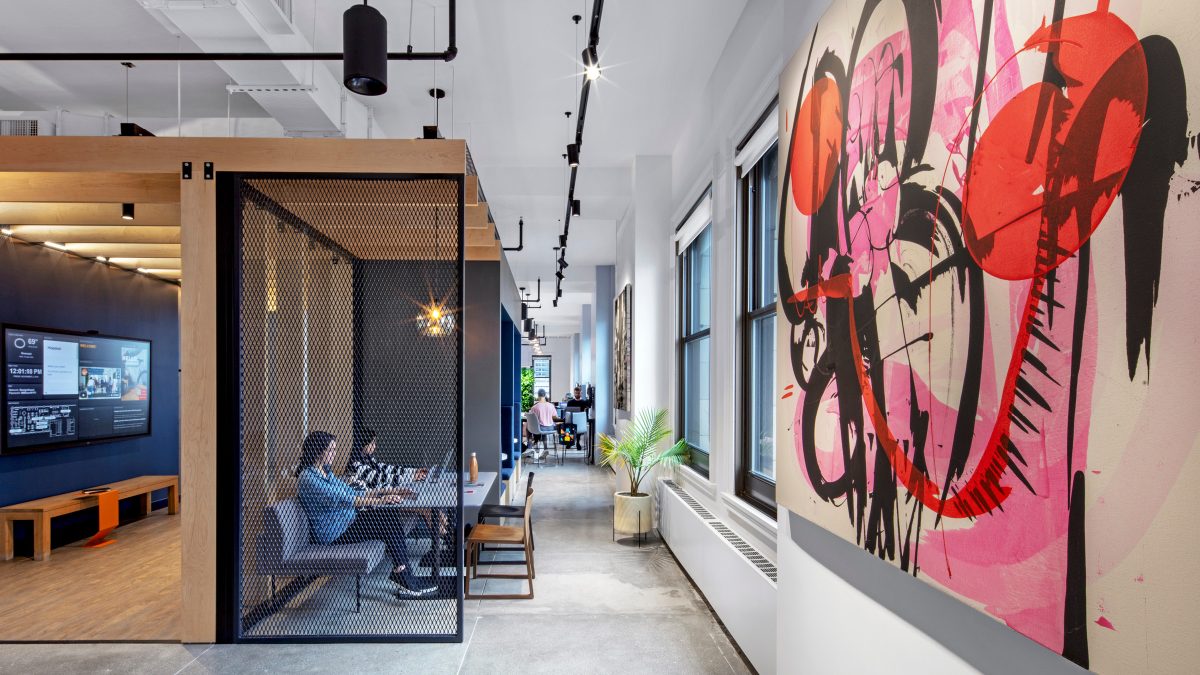
We designed systems of adaptability to make changes as necessary. All resulting in the creation of a flexible system that can accommodate changes in our environment, procedures and tools.
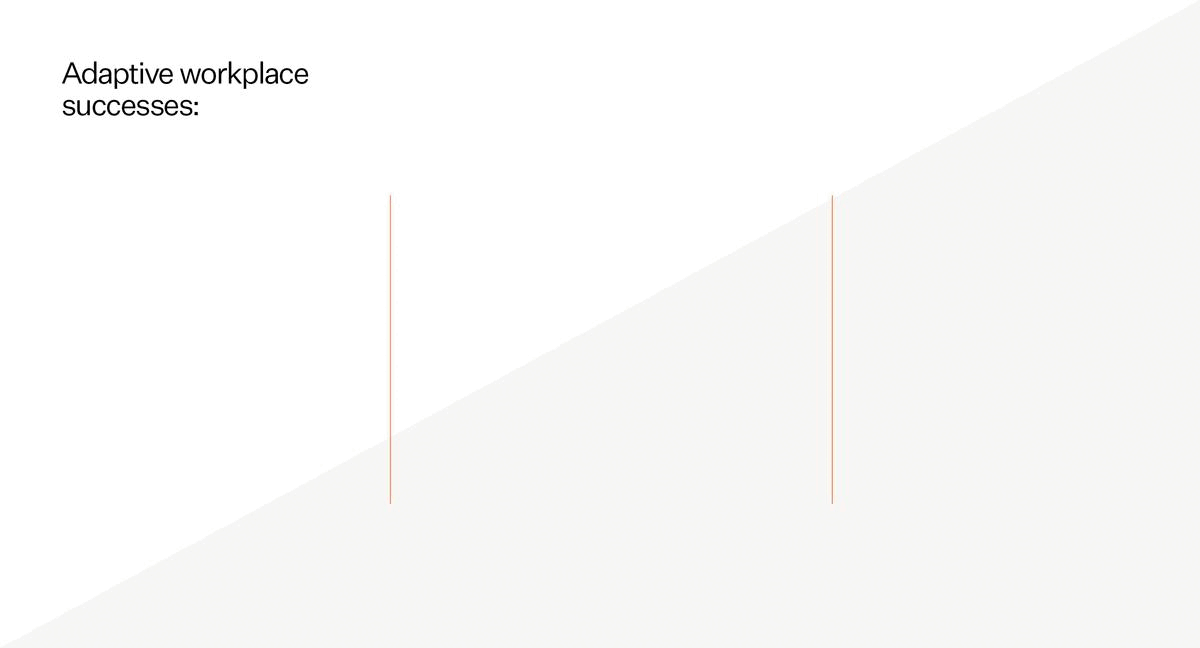
Designing systems of adaptability rather than static places is an essential concept for organisations to consider. By creating a system designed to change and adapt over time, organisations can save time, money, and energy without requiring a lengthy and costly redesign process. Furthermore, by planning and anticipating market changes, organisations can be prepared for any changes that may arise. This approach not only reduces uncertainty but also ensures that the organisation is ready for the future.
For further information on these key steps, please refer to the additional articles below.
Adaptivity is a mindset
Designing the work experience before the workplace
Group Director
Director, Workplace Strategy